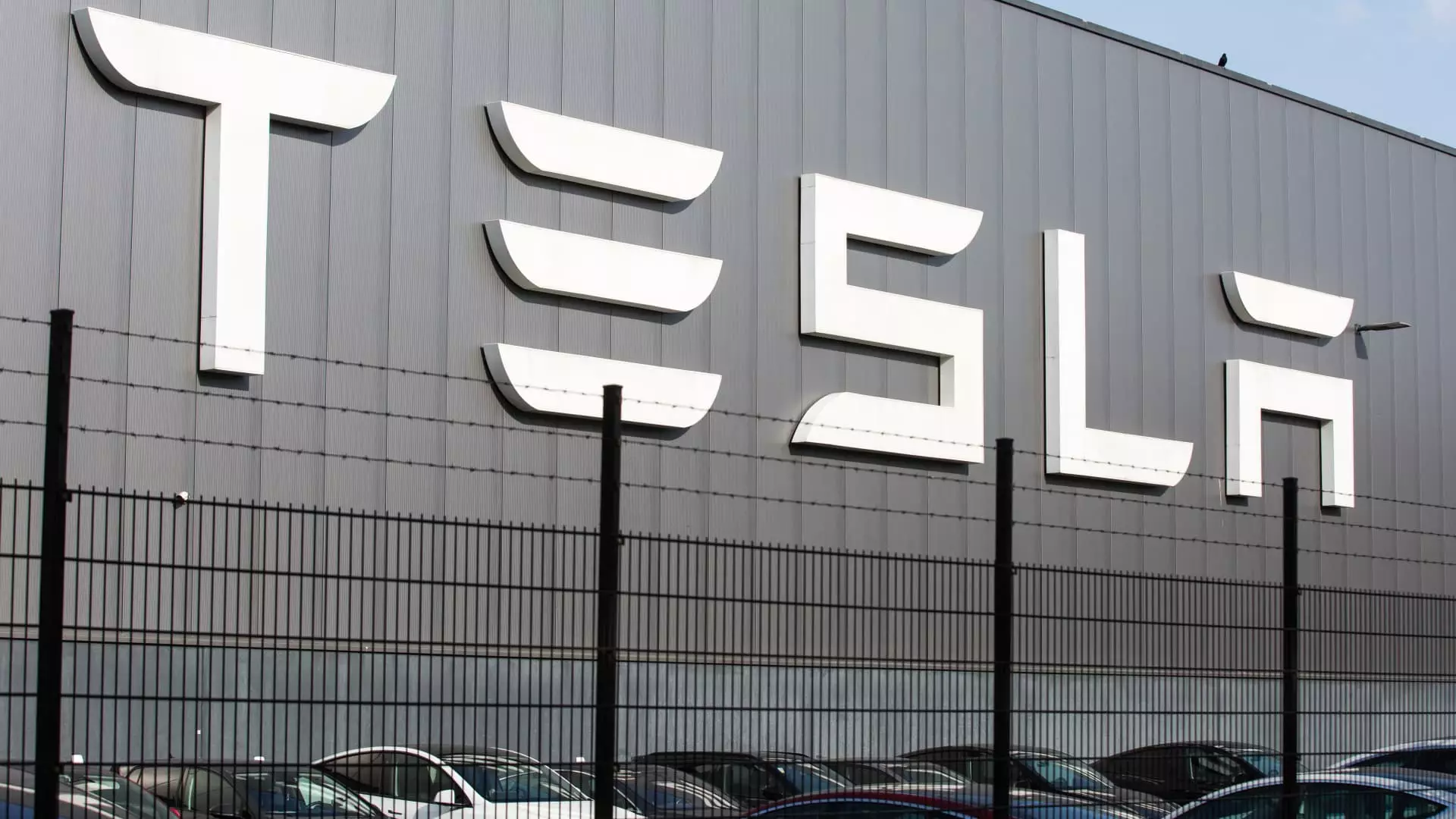Tesla’s recent claim of completing the “first fully autonomous” car delivery—routing a Model Y from its Austin factory to a customer’s apartment with no humans in the vehicle—has been lauded by some as a monumental leap in self-driving technology. Elon Musk celebrated the achievement with gusto, framing it as a historic milestone for both Tesla’s software and AI chip teams. However, beneath the surface of this hi-tech spectacle lies a tangle of oversold promises, regulatory scrutiny, and growing skepticism fueled by Tesla’s long track record of exaggeration and unmet expectations.
Overhyped Headlines and the Reality of Autonomous Driving
Right off the bat, Musk’s proclamation that this delivery was the first fully autonomous drive on a public highway is factually flawed. Waymo—Alphabet’s self-driving car project—has been quietly ferrying passengers in Phoenix since early 2024 without a backup driver or an operator remotely piloting the vehicle. This discrepancy is more than just a footnote: it reveals a troubling pattern of Tesla inflating its progress relative to competitors far deeper into the autonomous space.
Tesla’s video of the Model Y navigating Austin streets—albeit impressive on the surface—is not accompanied by clarity about what specific version of their Full Self-Driving (FSD) software or hardware was in use, and Tesla has been generally secretive about such details. This opacity fuels distrust, especially given Tesla’s history. Back in 2016, Tesla’s iconic “Paint It Black” Autopilot demonstration was later revealed through legal depositions to have been carefully staged, misleading the public on the car’s true capabilities.
Regulatory Fog and Safety Concerns
The National Highway Traffic Safety Administration (NHTSA) has intensively investigated Tesla’s FSD systems amid safety concerns and reports of the vehicles breaking traffic laws during robotaxi tests. In fact, Tesla’s rollout of “driverless” features has consistently outpaced regulatory approval or comprehensive oversight—the hallmark of Silicon Valley’s “move fast and break things” ethos, which often ignores the very real consequences of accidents and fatalities on public roads.
Tesla’s latest robotaxi pilot program in Austin—while still limited to handpicked “influencers” and analysts—requires a human safety supervisor seated directly within the car and offers remote oversight. This fact alone undermines Elon Musk’s narrative of “fully autonomous” vehicles operating without any human involvement. If Tesla’s robotaxis genuinely operated with no human oversight, it would be the most revolutionary, yet the company restricts access so heavily, suggesting technology readiness is premature.
A History of Broken Promises and Questionable Marketing
Since 2016, Musk has confidently promised that Tesla’s entire fleet of vehicles would achieve full self-driving capability via over-the-air software updates. Bold predictions such as a million Tesla robotaxis on the road by 2020 helped Tesla raise billions, yet these timelines have been consistently pushed back or missed entirely.
Today’s headline-grabbing driverless delivery seems less like a reflection of reality and more like a public relations maneuver designed to excite the faithful investor base and generate viral buzz. The Tesla AI team’s choice to randomly select an actual buyer and use an unmodified production vehicle—while commendable—does not signify readiness for mass market release or safe commercial operation.
Political Controversies and Market Headwinds
The technological skepticism surrounding Tesla’s self-driving claims magnifies broader issues facing the company. Elon Musk’s increasingly polarizing public statements and controversial political endorsements have triggered a backlash, especially in politically sensitive European markets. Tesla’s sales volumes have dropped year-over-year in critical regions, in part because potential buyers may be reluctant to associate with a brand entangled in far-right extremism endorsements or volatile rhetoric.
Moreover, Tesla’s dominance is under siege from a new wave of competitors—Chinese EV manufacturers like BYD, Nio, and Xiaomi are aggressively innovating, offering vehicles that blend affordability with cutting-edge features. While Tesla often relies on its first-mover advantage and Musk’s charismatic leadership, the company’s technological gaps and leadership controversies threaten to erode its cachet.
Reality Check: The Autonomous Future Is Still Distant
While Tesla’s latest stunt undeniably inspires awe to some extent, it must be unpacked critically. Fully driverless vehicles navigating urban streets and highways without any human inside, no backup, and zero remote intervention represent the pinnacle of automotive innovation—but Tesla is nowhere near deploying such technology at scale. Musk’s announcments, while attention-grabbing, risk setting unrealistic expectations that could hinder public and investor trust if not followed by tangible, safe deployments.
In sum, Tesla’s “breakthrough” is a piece in a larger puzzle still riddled with technical hurdles, safety concerns, and corporate controversies. Autonomy in cars isn’t merely about software updates and viral videos—it demands rigorous, transparent validation, cautious regulatory collaboration, and above all, a corporate culture that avoids hype in favor of responsible innovation. Tesla would do well to embrace these principles if it hopes to maintain leadership in the electric and autonomous visions the world so eagerly awaits.

